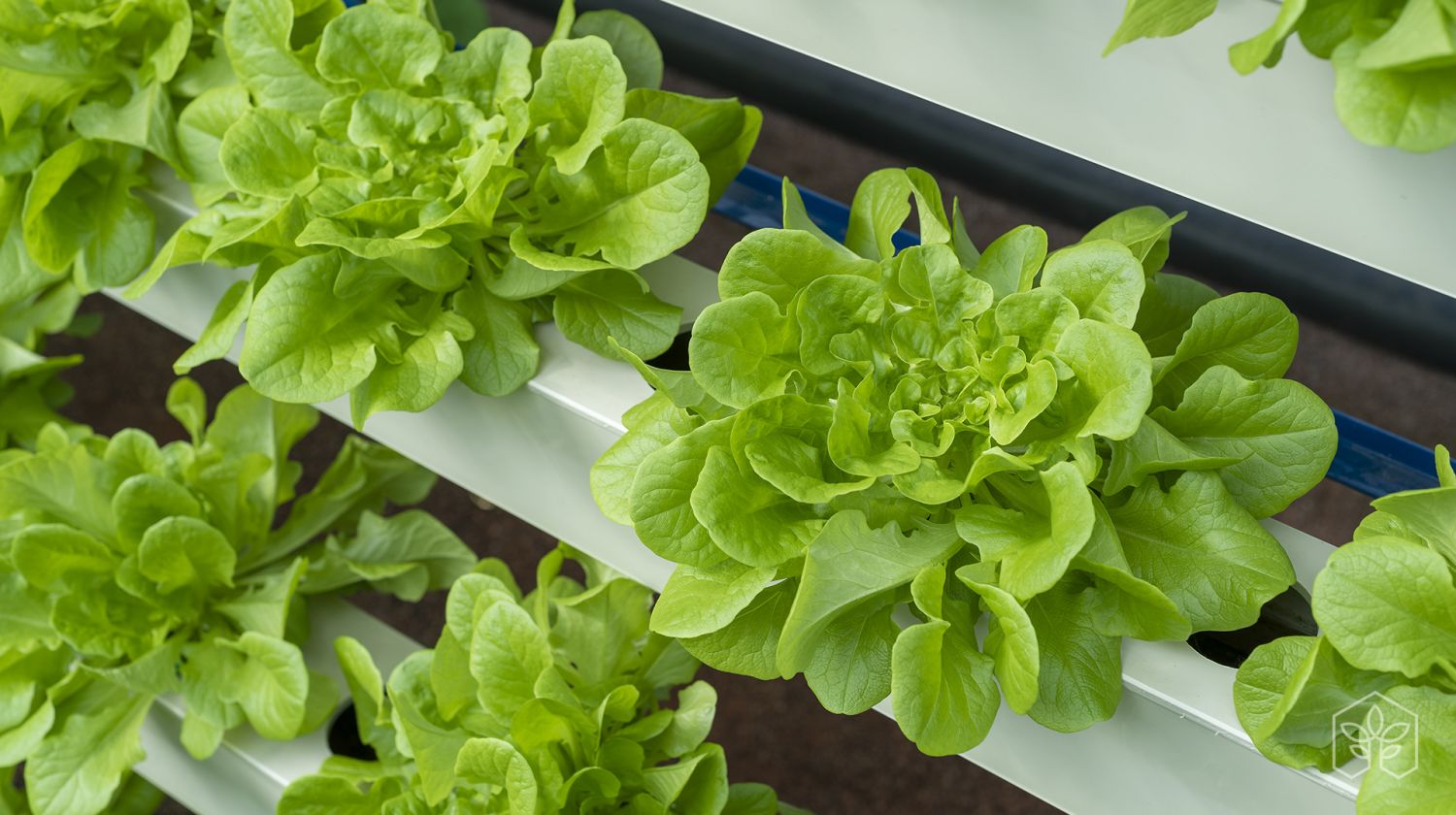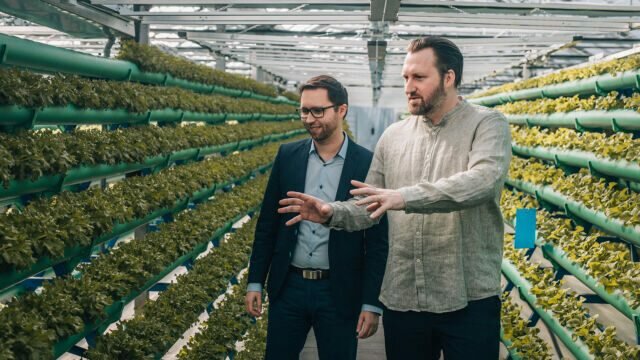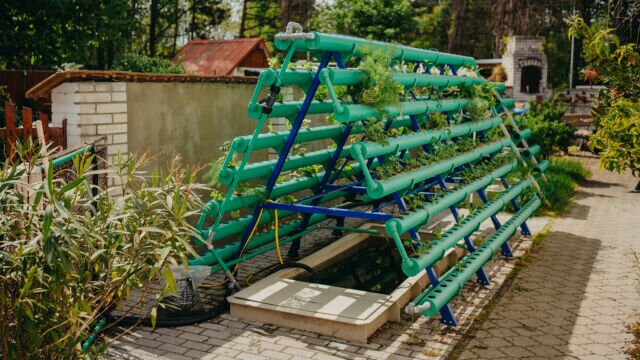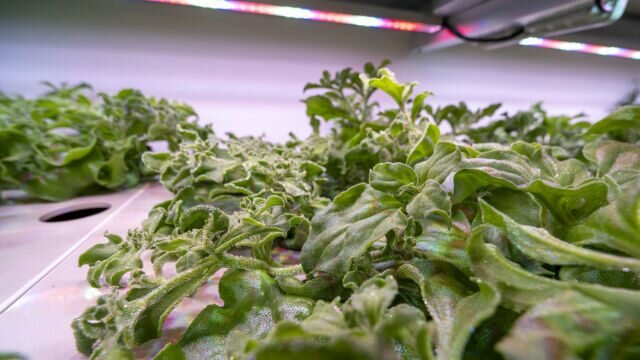Aquaponic systems are very complex and consist of three main components. These are fish, plants and bacteria. If everything is to work as it should, we must ensure that all three components of the system prosper and that they are provided with the best possible conditions to do so.
The big difference between hydroponics and aquaponics is that in aquaponics you have to find a perfectly balanced relationship between its components. This is not a simple task, but if you can make it work, it delivers enormous benefits. Material inputs can be kept to a minimum (especially in terms of chemicals, which we all already have enough of), with twice as much production.
In this article, we focus on tomatoes. By including tomatoes in our diets, we help to reduce the incidence of cardiovascular diseases or the growth of cancer cells. The main components that have beneficial health effects are carotenoids, especially lycopene and ß-carotene, which have antioxidant effects. Antioxidants help in the fight against free radicals (which, by their predominance, create oxidative stress) by giving them one electron, thereby neutralising them. Tomatoes and the products derived from them are the main source of lycopene in our diets.
The experiment, in which tomatoes were grown together with tilapia, compared the results of aquaponics with conventional tomato cultivation in a hydroponic culture.
The result of the experiment showed that aquaponic cultivation only just falls short of hydroponic cultivation in terms of production. In 197 days of cultivation, 31.64 kg of tomatoes per m2 were grown in a hydroponic culture, while this was 29.38 kg per m2 in an aquaponic culture, which is not much of a difference.
Even though aquaponic cultivation is a bit more demanding, but far more environmentally friendly, this difference can be considered negligible. Furthermore, thanks to the fish farming, aquaponics provides double production. The size of the fruit was also different; aquaponics produced smaller sized fruit. However, this did not affect the quality of the fruit or the amount of lycopene and ß-carotene; their values were similar. Lycopene in hydroponics = 0.99 mg.g −1 of dry matter, in aquaponics = 0.90 mg.g −1 of dry matter and ß-carotene in hydroponics = 0.20 mg.g −1 of dry matter, in aquaponics = 0.19 mg.g −1 of dry matter. While in hydroponics the use of 1 m3 (1,000 l) of water led to the production of 47.7 kg of tomatoes,
in aquaponics it was 46.1 kg of tomatoes and 1.5 kg of tilapia, which looks very promising.
It is therefore high time to change our thinking and focus on aquaponic production, which has huge potential for the future. With the growing world population, extreme temperature fluctuations and the degradation of the quality of our soils, aquaponics is the right direction to move in.
Experiment data source: https://www.sciencedirect.com/science/article/pii/S0378377416303985

















